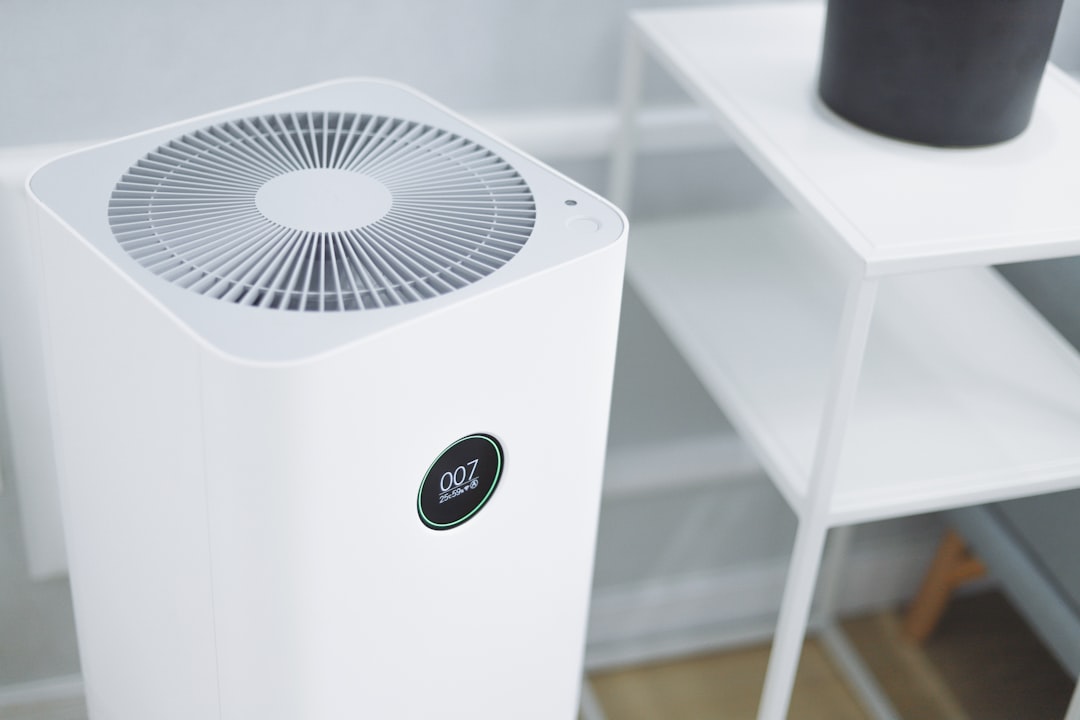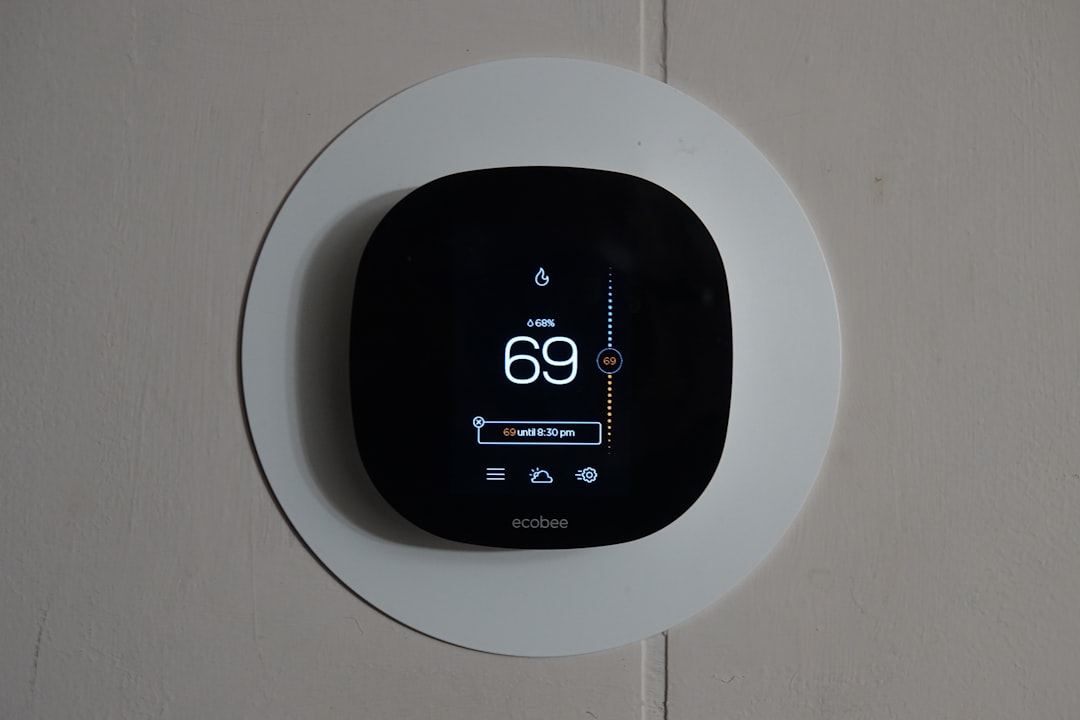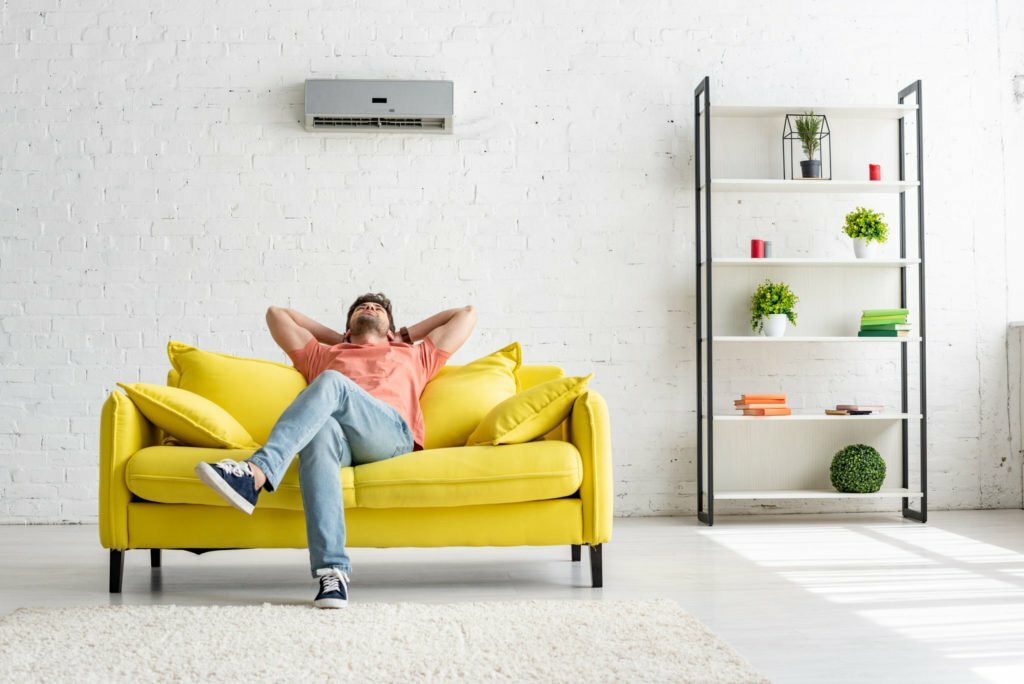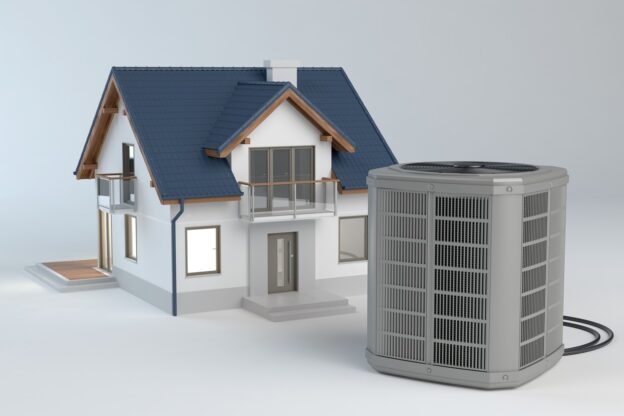It isn’t easy to heat and cool your home effectively. If you’re new to homeownership, you may not have experience with managing an HVAC system, but making smart choices about your heating and cooling systems is essential if you want to keep your home healthy and comfortable. The good news is that there are a number of reliable resources available online and off that can teach you everything you need to one. One thing many people wonder about is what temperature they should set their thermostat. If you’re in need of advice, read on for some basic guidelines on how to set your air conditioner’s thermostat.
What are the guidelines for setting your air conditioner’s thermostat?

There are a few guidelines to setting your air conditioner thermostat that can keep your home comfortable and save on your energy bills. To properly set your thermostat, you need to know the difference between cooling and heating modes. In cooling mode, the AC works to remove heat from the air and lower the temperature of the room. In heating mode, the air conditioner works to add heat to the air and raise the temperature of the room.
There is no one temperature that is perfect for everyone’s home during the summer and winter. Depending on your home’s insulation, the climate where you live, and your comfort level, you will want to set your thermostat to a different temperature in the summer and winter. In general, you will want to set your thermostat to a higher temperature in the summer than in the winter. This is because you will be using your air conditioner to cool your home, and you will want the unit to run less often if you set the thermostat to a higher temperature.
Another thing to keep in mind is that you should only use your air conditioner when you’re home. If you’re gone all day, there’s no need to have it running, since you’re not going to be able to enjoy the benefits. Instead, try using a fan to circulate the air in your home. You also need to make sure your air conditioner is properly sized for your home. If it’s too small, it won’t be able to cool your home efficiently, and if it’s too large, it will cycle on and off too often, which can lead to energy waste.
What can you do to improve your HVAC system’s effectiveness?

A smart thermostat is a great way to make your HVAC more effective. A smart thermostat is a device that can be programmed to regulate the temperature of a room or home. They are often connected to the internet so they can be controlled remotely. Smart thermostats have a number of benefits over traditional thermostats. Smart thermostats can save you money by using the lowest amount of energy possible to maintain your desired temperature at home. They can also be set to lower the temperature during the day when you are at work and raise it again when you get home.
There’s a lot you can do to keep your home comfortable without using your air conditioner. One is to keep the windows and doors closed as much as possible. This will keep the heat out and the cool air in. You can also use fans to spread the cooled air around your home, improve ventilation, and increase overall airflow. Another way to save money and keep the temperature down in the summer is to use your stove less. You could also try to use your oven and your stove in the evening or early in the morning when temperatures are cooler.
Your HVAC system may be a little more complex than you realized, but by making the right choices, you can get the most out of your air conditioning system. There’s no one-size-fits-all answer for what temperature to set your air conditioner’s thermostat, but there are some guidelines that every homeowner should be aware of. You can also invest in a smart thermostat to give yourself even more precise control over the indoor climate of your house. Some extra ventilation and some minor lifestyle changes will help you stay even cooler when the temperature starts to climb.





